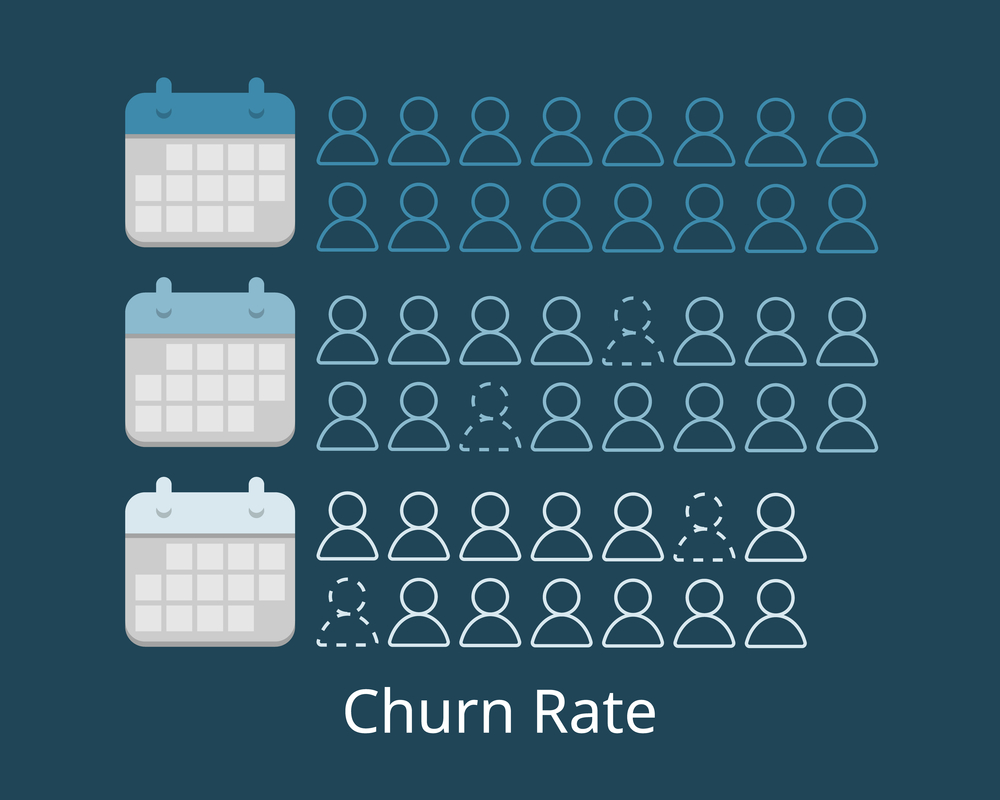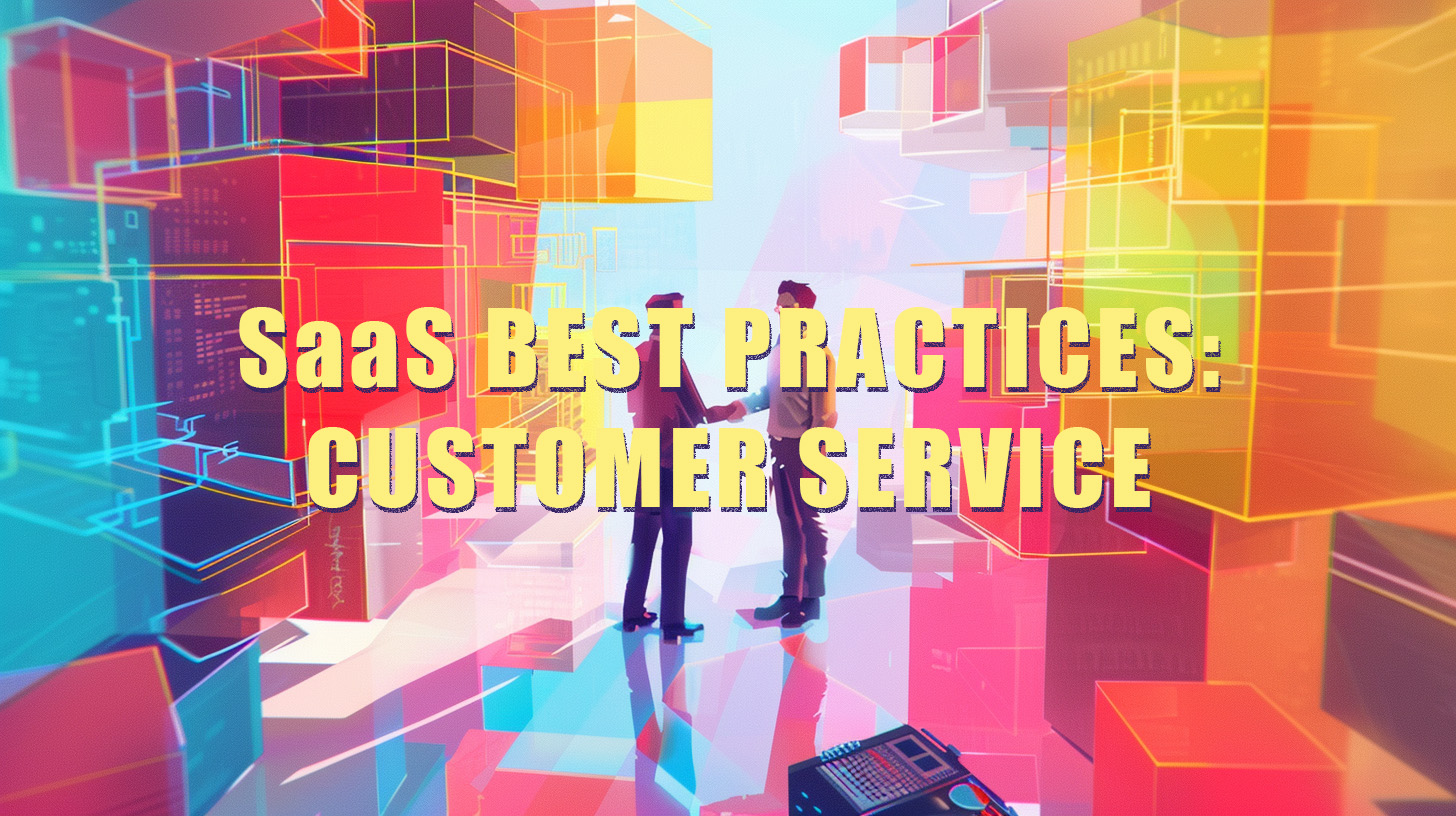
Cancel-Proof Subscriptions: Strategies for SaaS Churn Reduction
Jun 7, 2023 3 minutes
Customer churn – the rate at which customers stop doing business with a company – can be a daunting challenge for Software as a Service (SaaS) business owners. This SaaS metric, often seen as a silent killer, can make or break the success of your small business.
High-risk merchants, by their nature, face additional layers of complexity in their operations, ranging from stringent regulations to payment processing difficulties, which can amplify the challenges of customer retention. When you pair these factors with the recurring revenue model characteristic of SaaS businesses, reducing churn becomes not just a strategy, but a necessity for survival and growth.
In this blog post, we will delve into why churn is a pressing issue for high-risk merchants and explore the strategies that can help mitigate it. We will look at the factors that contribute to SaaS churn rates, the impact it can have on your business, and most importantly, practical and effective strategies for churn reduction in your high-risk SaaS startup.
Understanding Churn: Why Do Customers Leave?
Churn isn’t a random occurrence. It’s often the result of specific issues or shortcomings that, over time, make customers decide to part ways with a SaaS business. Understanding these reasons is crucial for high-risk merchants, as it helps you take proactive steps to mitigate these factors and retain your customers.
Exploration of Common Reasons Why SaaS Customers Churn
Several factors contribute to higher-than-average customer churn rates in the SaaS industry. Let’s examine some of the most common:
- Poor Product-Market Fit: If your service doesn’t align well with your customer’s needs, they’re unlikely to continue their subscription for long. This could be due to features that don’t meet expectations, an interface that isn’t user-friendly, or a solution that doesn’t solve their problem effectively.
- Inferior Customer Support: Quick, effective support can make the difference between a customer who sticks around and one who leaves. If a customer feels neglected or undervalued, they’re more likely to seek alternatives.
- High Costs or Unperceived Value: Customers may churn if they believe they’re not getting enough value for their money. This could result from pricing that’s too high compared to competitors, or it could be a perception issue where the customer doesn’t fully understand the value they’re getting.
- Lack of Ongoing Customer Engagement: A disengaged customer is a churn risk. Engaging with your customers regularly, whether through updates, newsletters, or webinars, can keep your service top-of-mind and demonstrate your commitment to their success.
Your payment processor could be to blame for increased churn. We can help!
Special Considerations for High-Risk Merchants
High-risk merchants need to be aware of additional factors that can exacerbate churn:
- Regulatory Issues: High-risk merchants often operate in heavily regulated industries. If customers feel uncertain about regulatory compliance, they may opt for a safer alternative.
- Payment Difficulties: High-risk merchants can sometimes have more complicated payment processes, leading to higher rates of payment failures. This can lead to involuntary churn, where customers are lost due to technical issues rather than dissatisfaction (voluntary churn).
By understanding these churn factors, high-risk SaaS businesses can build a proactive strategy to address potential issues before they drive down their total number of customers to some abysmal number. In the next section, we’ll take a look at the detrimental effects of high monthly or annual churn rates and why they’re a particularly grave concern for high-risk merchants.
The Impact of High Churn Rates
The average churn rate is much more than a number; it’s an indicator of your business’s health and sustainability. It’s like a leak in a boat – the faster you’re losing water, the quicker you’re sinking. High churn rates can have a severe impact on a SaaS business, especially for high-risk merchants, who often have to work harder to gain customers in the first place.
Detrimental Effects of High Churn Rates on Revenue and Growth
Churn has a direct impact on your business’s bottom line and potential for growth. First and foremost, SaaS companies suffer from revenue loss. When a customer leaves, they take their subscription fees with them, leading to a decrease in monthly recurring revenue and a high revenue churn rate.
Second comes increased customer acquisition costs (CAC). The cost of acquiring a new customer can be up to 5x higher than the cost of retaining an existing one. High churn rates mean you have to constantly replace lost customers, leading to higher marketing and sales costs.
If you thought spending more on acquisition was the worst of it, think again. Lost upsell and cross-sell opportunities will hurt just as much. Existing customers provide opportunities for upselling and cross-selling, which are often more cost-effective than acquiring new customers. When customers churn, these opportunities are lost.
Finally, we reach the social side of things: negative word of mouth. Churned customers can damage your brand reputation through negative reviews and word of mouth, making it more challenging to attract new customers. This might not just happen due to pricing, but also a poor customer journey.
Compounded Impact for High-Risk Merchants
For SaaS merchants, the consequences of high churn rates are even more severe:
- Harder to Replace Lost Customers: High-risk merchants often operate in niche markets with a smaller customer base, making it more challenging to replace churned customers.
- Increased Scrutiny: High churn rates can draw the attention of regulatory bodies and payment processors, leading to increased scrutiny and potentially higher operating costs.
- Investor Perception: High churn rates can deter investors, making it difficult for high-risk merchants to secure funding for growth.
As we can see, minimizing churn is not just a growth strategy – it’s vital for the survival of a high-risk SaaS SMB. Monitoring churn metrics by comparing to churn rate benchmarks will help keep your business model profitable over a given period of time.
SaaS merchants need an ecosystem that supports their business model. We can make that happen.
Key Strategies for Reducing Churn in High-Risk SaaS Businesses
Churn is a tough nut to crack. However, the right strategies can significantly lower churn rates, increase customer loyalty, and set your SaaS business on the path to sustained growth.
Improve Onboarding Process
The first few interactions with your SaaS product can determine whether a customer will stick around or not. A smooth, efficient onboarding process can significantly reduce churn.
Make your product as easy to start using as possible. Provide clear instructions and possibly even an interactive tutorial. Your goal is to get them to that “aha!” moment as quickly as possible, where they see the value of your service.
During onboarding, make sure customers know what to expect from your service. This includes how to use the product, what benefits they should expect, and how to get help if they need it.
Early feedback can provide valuable insights and help you identify and address issues before they lead to churn.
Enhance Customer Service and Support
Excellent customer service can help retain customers and even turn them into advocates for your brand. Be responsive and ensure that your team is accessible and responds to queries promptly. Delayed responses can frustrate customers and contribute to churn.
Also seek to invest in training your customer service team to not only resolve issues but also to provide a positive and satisfying experience to the customer, as well as offer multiple support channels such as email, phone, chat, and social media to cater to different customer preferences.
Your customer service team should be proactive in offering cross-sells and downgrades to lower churn. Gaining some MRR is better than none, which can be seen as customer success in terms of retention rates.
Regular Communication and Engagement
Engaging with your customers regularly helps keep your service top-of-mind and shows that you’re invested in their success.
Keeping customer informed about new features, updates, and how to get the most out of your product via regular updates and upgrades is a powerful yet simple communication method at your disposal.
An extension of regular updates from you is receiving regular updates from fellow users through user groups and forums. Create spaces for users to interact, share tips, and feel part of a community. This not only provides value to the customers but can also give you insights into how your product is being used and where improvements could be made.
Implement Predictive Churn Analytics
Data analytics can help you identify at-risk customers before they churn. Warning signs include reduced usage of your product, failure to engage with communications, or repeated customer service issues.
Once you’ve identified at-risk customers, reach out to them proactively to address their issues and show them you value their business.
Offer Flexible and Competitive Pricing Models
Pricing can significantly impact a startup’s monthly churn rates and annual recurring revenue (ARR). Offering competitive and flexible pricing can help you retain more customers. Having different pricing tiers allows customers to choose a plan that best fits their needs and budget, making them less likely to churn.
Consider discounts for longer commitments. Offering a discount for annual versus monthly commitments, for example, can reduce churn and increase customer lifetime value.
The Simplest Step to Keeping Churn Low Is This
Navigating churn is a vital part of running a successful SaaS business. While the challenges are undoubtedly greater, understanding the reasons behind churn and employing effective strategies can significantly reduce churn rates. These strategies not only focus on retaining existing customers but also on enhancing the overall customer experience – leading to a more engaged, satisfied customer base and, ultimately, healthier, sustainable growth for your business.
It’s important to remember that reducing churn is not a one-time effort but a continuous process of learning, improving, and adapting to your customers’ needs and market dynamics. As a high-risk merchant in the SaaS industry, your journey towards churn reduction might seem uphill, but the reward is worth the effort: a robust, loyal customer base that drives your growth story forward.
The simplest step to not only reducing churn but keeping it down is utilizing the right payment processor.
Open a high-risk merchant account with DirectPayNet. We specialize in helping high-risk businesses like yours navigate payment processing challenges, enabling you to focus on what you do best – delivering exceptional value to your customers. Together, let’s turn your high-risk status into high-reward outcomes.
OPEN YOUR SAAS MERCHANT ACCOUNT AND PROTECT YOUR BUSINESS AGAINST FAILED RECURRING PAYMENTS




